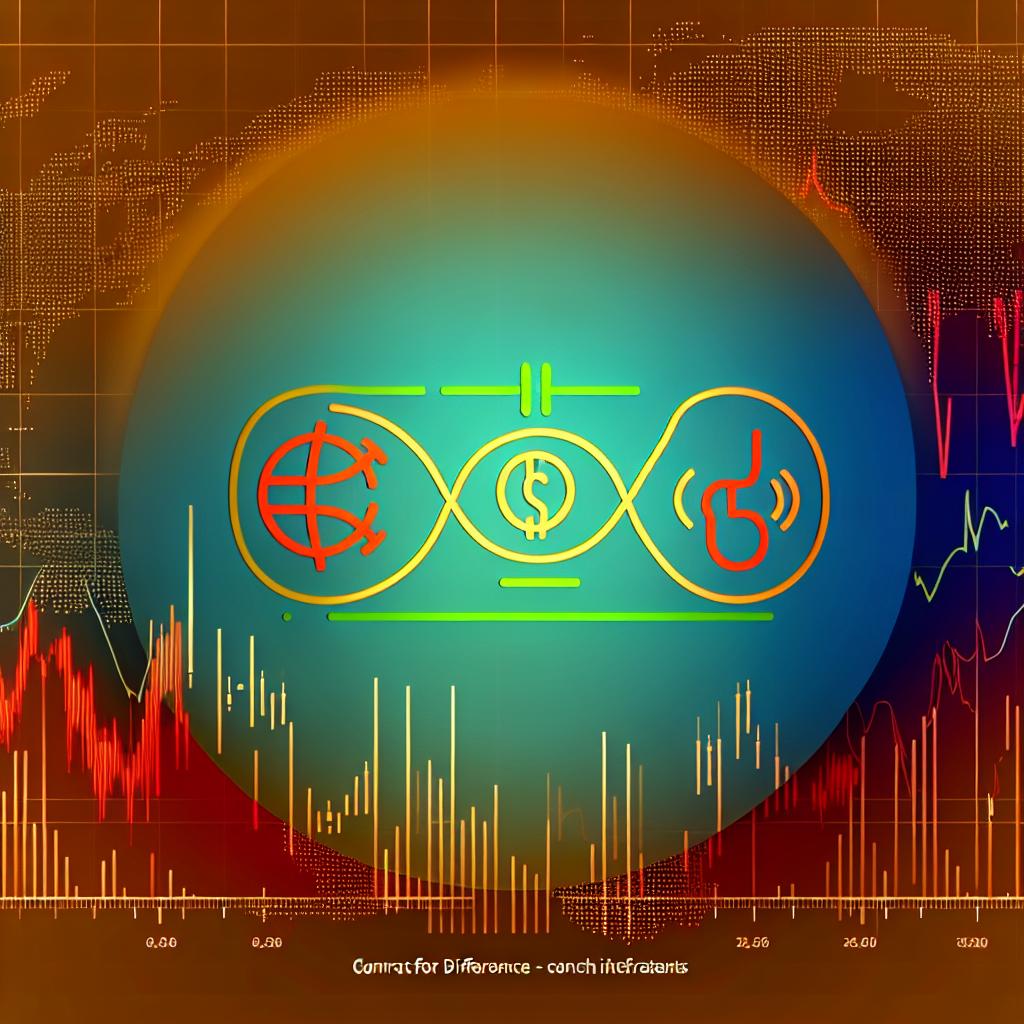
In the rapidly evolving world of Contracts for Difference (CFD) trading, technical indicators are invaluable tools that guide traders in making informed decisions. With numerous tools available, the MACD (Moving Average Convergence Divergence), RSI (Relative Strength Index), and Bollinger Bands consistently stand out for their utility and effectiveness. These indicators provide distinct insights into market behavior, assisting traders in crafting detailed and strategic approaches to CFD trading.
The MACD serves as a powerful momentum indicator, emphasizing alterations in the robustness, direction, and pace of trends in security prices. It is comprised of two primary moving averages: the MACD line and the signal line. Calculation of the MACD line involves subtracting the 26-period exponential moving average (EMA) from the 12-period EMA. Subsequently, the signal line is derived as the 9-period EMA of the MACD line.
Typically, traders monitor when the MACD line ascends above the signal line, marking it as a bullish signal. Conversely, a descending MACD line below the signal line is perceived as bearish. Moreover, seasoned traders observe divergence between the MACD and actual stock prices as an indicator of an impending market reversal. This divergence occurs when the MACD line and price movement exhibit opposite trends, highlighting potential shifts in market sentiments.
Understanding the various configurations and scenarios within the MACD can be crucial. Many traders also observe the histogram, which is the visual representation of the difference between the MACD line and the signal line. A larger histogram indicates greater market momentum, which can guide traders in timing their market entries and exits more strategically.
The RSI is a momentum oscillator that quantifies the velocity and fluctuations of price changes. Predominantly, it is employed to pinpoint overbought or oversold market conditions. Ranging from 0 to 100, an RSI mark exceeding 70 suggests overbought conditions, while below 30 implies oversold scenarios.
In the realm of CFD trading, traders frequently focus on the RSI’s transition out of overbought or oversold regions as potential indicators to initiate buys or sells of the underlying asset. Similarly, divergence between RSI and price trends is carefully examined, as it may foreshadow impending market reversals.
The RSI also holds value in identifying bearish and bullish trends, with traders looking for levels where the RSI crosses certain thresholds. For example, an RSI rising above the 50-line can signal potential upward momentum, whereas a drop below may suggest downward trends. Such nuances in the RSI levels can strengthen a trader’s insights and potentially improve decision-making processes.
Bollinger Bands, conceptualized by John Bollinger, represent a type of price envelope that encapsulates price actions within a defined range. The middle band usually symbolizes a simple moving average, while the upper and lower bands represent standard deviations from this moving average, accommodating shifts in market volatility.
Traders utilize Bollinger Bands to discern potential peaks and troughs in market values. Persistently touching the upper band can imply an overbought market, whereas consistent contact with the lower band suggests oversold conditions. Furthermore, scrutiny of the bands’ contraction and expansion unveils insights into impending volatility. Wide bands often signify higher volatility, while narrow bands indicate the likelihood of price consolidation.
By interpreting the Bollinger Bands alongside other indicators such as MACD and RSI, traders can formulate a comprehensive strategy to navigate the CFD market. For instance, combined signals from Bollinger Bands and RSI can reveal nuanced market conditions where both overbought and oversold signals align, enhancing the precision of trade executions.
The integration of MACD, RSI, and Bollinger Bands not only enriches a trader’s toolkit but also broadens their analytical perspectives. Each indicator brings distinctive strengths to the table, ensuring a multifaceted appraisal of market dynamics.
While these indicators provide essential market insights, it is imperative for traders to recognize their limitations and remain adaptable to evolving market conditions. These tools should be regarded as components of a larger strategy, complemented by diligent risk management and ongoing research. As markets are inherently unpredictable, diversification across strategies mitigates potential risks and optimizes returns.
The comprehension and application of MACD, RSI, and Bollinger Bands can substantially enhance one’s CFD trading endeavors. Each of these indicators contributes unique viewpoints that, when synthesized, offer an in-depth analysis of market conditions. However, reliance solely on these indicators is cautioned against; they should serve as pillars of a diversified trading strategy.
Finally, for enriched insights and updates on trading techniques, resources such as Investopedia prove invaluable, offering a comprehensive array of information pertinent to trading and financial markets.
This article was last updated on: March 31, 2025